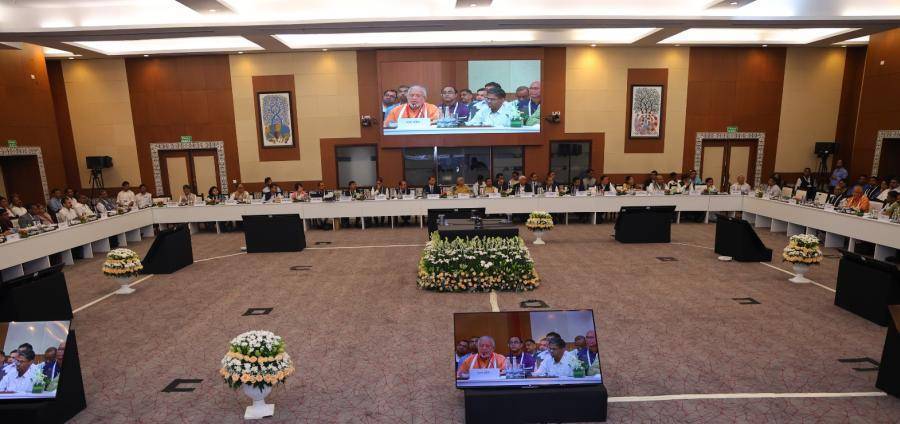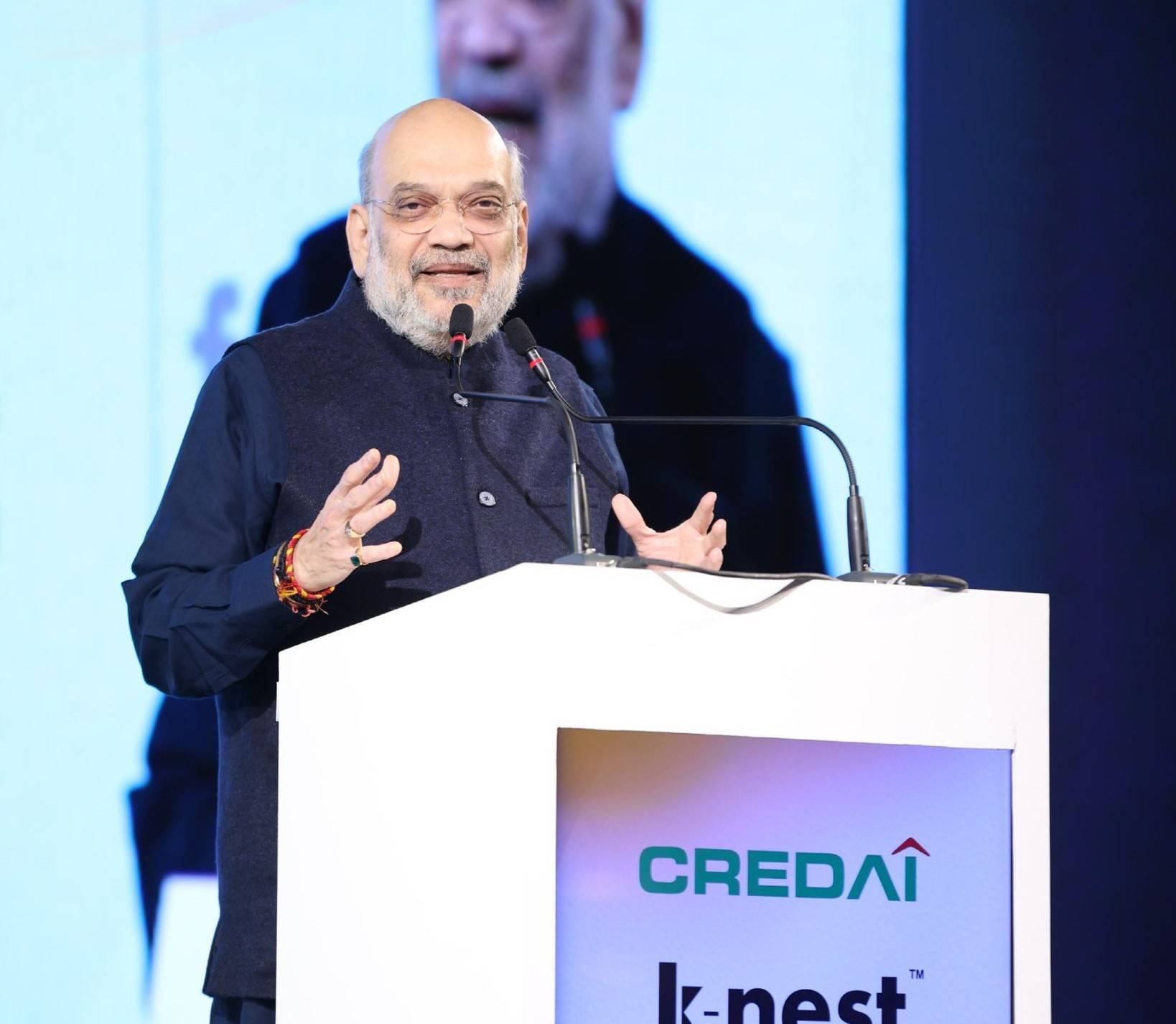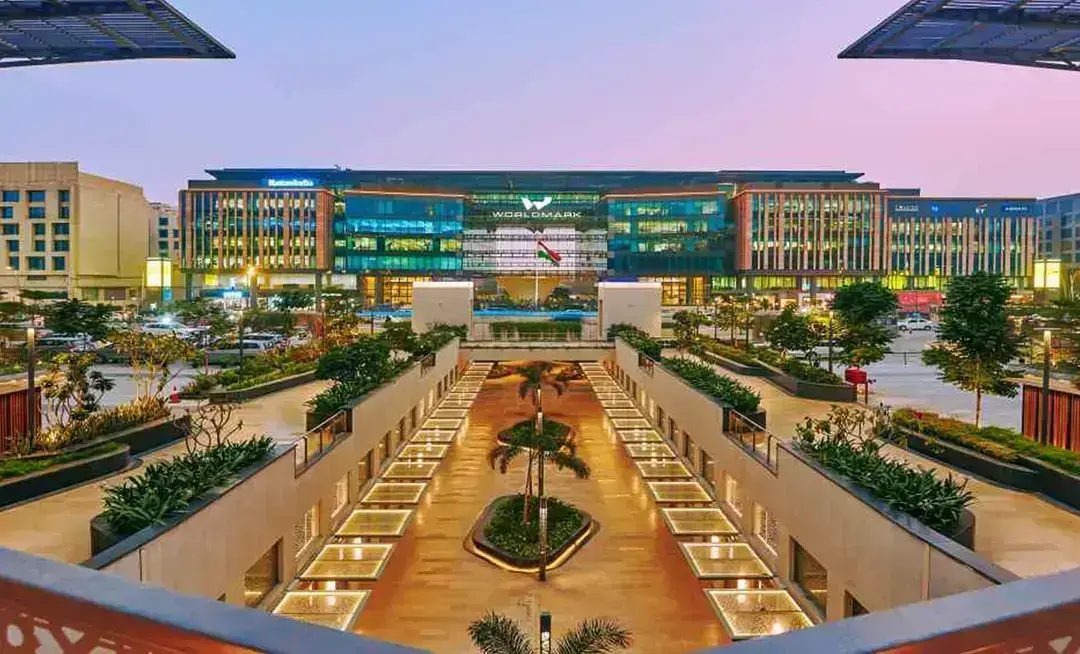The Goods and Services Tax (GST) Council’s Group of Ministers (GoM) recently put forth recommendations to revamp the tax regulations in India’s real estate sector, focusing on affordable and luxury housing categories. The proposed changes aim to increase the threshold for affordable housing while imposing higher taxes on luxury real estate projects. As the country’s property market evolves, these measures are expected to impact both developers and homebuyers significantly.
Currently, affordable housing units in India are defined as properties priced up to Rs 45 lakh. However, the GoM has recommended raising this limit to Rs 55 lakh, reflecting the rise in property prices across many urban areas. This adjustment would expand the number of properties classified as affordable housing, potentially easing access to such housing for a larger segment of the population. Presently, affordable housing projects in India are taxed at a preferential GST rate of 1%, compared to a 5% GST rate for other residential projects. The increase in the affordable housing price threshold aims to provide relief to homebuyers, especially in urban regions where property costs continue to surge.
The GoM’s recommendations extend beyond affordable housing. The council has proposed a tax hike for luxury housing projects, particularly those valued above Rs 15 crore. This measure aims to generate additional revenue by imposing higher taxes on high-value properties. Such a shift could have broad implications for the luxury real estate market, potentially raising costs for buyers while also influencing developers’ decisions on future luxury projects. By targeting high-value transactions, the GoM hopes to balance the demand for affordable housing while contributing to government revenues from the real estate sector.
Despite calls from the industry, the GoM has decided not to alter the current GST rules for Joint Development Agreements (JDAs). In India’s real estate sector, JDAs are a common arrangement between landowners and developers, allowing for shared benefits from property development. While there were industry requests to provide input tax credit (ITC) relief for JDAs, the GoM declined this proposal, citing a consensus among its members to maintain the existing structure. A GoM member noted that while expanding affordable housing definitions was broadly supported, there was resistance to making concessions on ITC for JDAs.
The GoM, led by Goa Chief Minister Pramod Sawant, consists of other notable members, including Bihar Deputy Chief Minister Samrat Chaudhary, Uttar Pradesh Finance Minister Suresh Kumar Khanna, Kerala Finance Minister KN Balagopal, Maharashtra GST representative Aditi Tatkare, Punjab Finance Minister Harpal Singh Cheema, and Gujarat Finance Minister Kanubhai Mohanlal Desai. They convened recently in Goa to discuss these reforms, and their recommendations are expected to be finalized ahead of the next GST Council meeting scheduled for mid-November. The GST Council will review the GoM’s proposals and make final decisions on implementing these changes within the real estate tax structure.
The move to redefine affordable housing has its roots in the GST Council’s 33rd meeting, which took place in February 2019. During that meeting, the council had outlined the definition of affordable housing, setting a price cap of Rs 45 lakh and maximum areas of 90 square meters in non-metropolitan regions and 60 square meters in metropolitan areas. This definition includes key metropolitan areas such as Bengaluru, Chennai, Delhi-NCR, Hyderabad, Kolkata, and Mumbai. However, rising property prices and inflationary pressures have prompted calls to update these criteria, making the proposed changes both timely and essential for the real estate market.
As the GoM’s recommendations are considered, the implications for various stakeholders in India’s real estate sector become more apparent. For developers, an increase in the affordable housing threshold could incentivize the construction of more mid-range housing projects, meeting the demand for affordable homes in metropolitan and urban areas. This would allow developers to cater to a larger audience of potential buyers while benefiting from lower tax rates. On the other hand, the tax hike for luxury projects may lead developers in this segment to adjust their pricing structures to accommodate the increased costs.
For homebuyers, particularly those in the affordable housing segment, the raised threshold could mean increased opportunities to acquire properties under a lower tax regime. This adjustment would make housing more accessible to middle-income families and individuals, aligning with the government’s objective to promote affordable housing in urban centers. However, buyers interested in high-end properties may face a higher financial burden due to the proposed luxury tax increase.
In addition to impacting individual buyers and developers, these proposed changes have broader implications for the Indian economy. The real estate sector, being one of the country’s largest employment generators and a key contributor to GDP, plays a crucial role in economic development. By making affordable housing more accessible, the government can address housing shortages, support urbanization, and promote economic stability. At the same time, targeting luxury housing for higher taxes aligns with efforts to generate additional revenue without affecting middle-income homebuyers disproportionately.









.png)